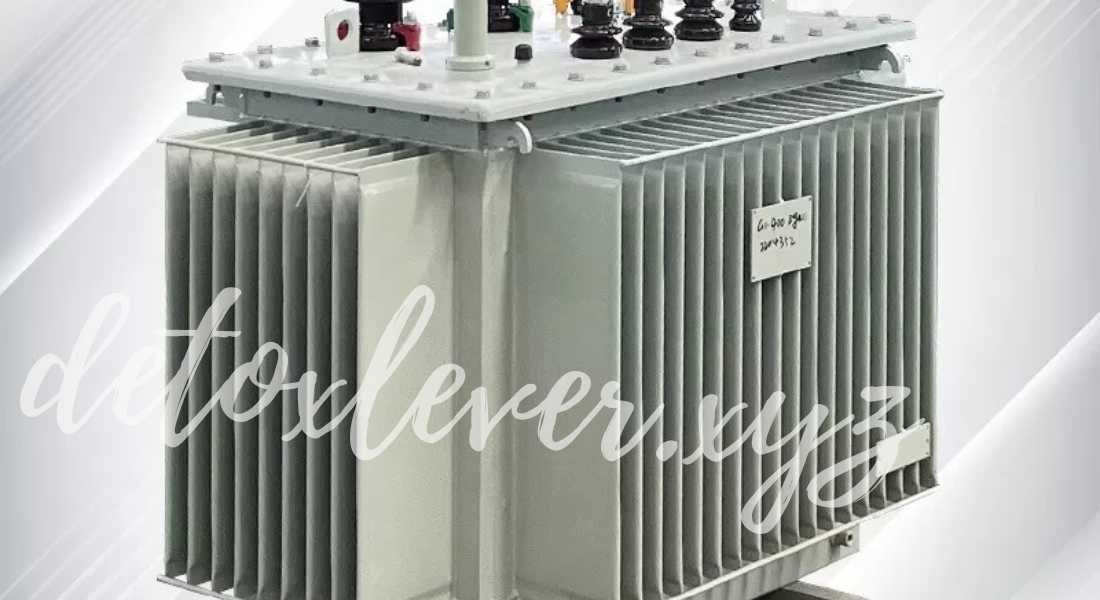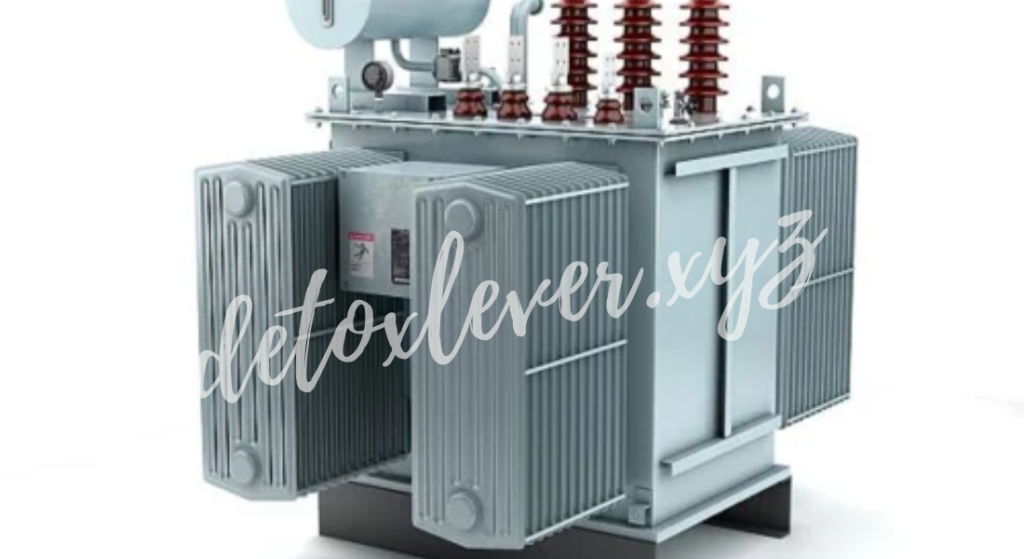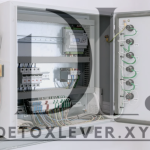Introduction
High-voltage transformers are crucial components in modern power systems. These devices enable the efficient transmission of electricity over long distances, ensuring a steady supply of power to homes, factories, and cities. This guide explores the functionality, types, and applications of high-voltage conversion equipment, highlighting their role in improving energy distribution across industries.
Understanding High-Voltage Conversion Equipment
High-voltage transformers are designed to step up or step down voltage levels in electrical circuits, ensuring the safe and efficient transportation of electricity over long distances. They minimize energy loss during transmission, making them essential for delivering consistent power to consumers and industries.
These devices use electromagnetic induction to transform voltage, typically operating at levels ranging from tens to hundreds of kilovolts (kV). By operating at higher voltages, they reduce energy loss, which is critical for large-scale power distribution systems.
The Importance of Voltage Conversion in Energy Transmission
The primary role of high-voltage conversion devices is to adjust voltage levels in power systems. This is important because high-voltage transmission lines experience lower energy losses compared to lower-voltage lines.
For instance, when electricity is generated, it must travel long distances to reach consumers. If transmitted at low voltage, much of the energy would be lost. High-voltage transformers address this issue by boosting the voltage for efficient transmission. Once the electricity reaches its destination, other conversion devices step it down to safe levels for residential and industrial use.
Types of High-Voltage Conversion Equipment
Various types of high-voltage conversion equipment are designed for specific applications. Let’s look at the most common types:
Power Conversion Units
Power transformers are large devices used in substations to manage high voltage levels (typically above 33kV). They are essential for transmitting power over long distances and ensuring its efficient delivery throughout the electrical grid.
Instrumentation Conversion Devices
Instrumentation transformers, such as current transformers (CTs) and potential transformers (PTs), measure electrical parameters like voltage and current. These devices step down high voltage and current to manageable levels for monitoring and protection systems.
Distribution Conversion Units
At the final stage of the power distribution network, distribution transformers lower voltage to levels suitable for use in homes and businesses. They typically operate at lower voltages than power transformers and are often installed on utility poles or in substations near consumers.
Autotransformers
Autotransformers use a single winding for both the primary and secondary circuits. This design makes them more compact and efficient, though they are best suited for applications requiring small voltage adjustments.
Isolation Conversion Devices
Isolation transformers provide electrical isolation between the primary and secondary circuits, helping to protect sensitive equipment from electrical noise or voltage spikes. They do not significantly change the voltage levels but are critical for preventing damage.
Key Components of Voltage Conversion Equipment
To understand how high-voltage conversion equipment works, it’s important to look at its main components:
- Core: Made from laminated steel, the core serves as the pathway for magnetic flux, allowing for efficient energy transfer.
- Windings: Coils of wire, which are responsible for voltage transformation through electromagnetic induction.
- Insulation: A robust insulation system prevents electrical leakage and ensures safe operation, often using materials like oil, epoxy, and insulating paper.
- Cooling Systems: To avoid overheating, high-voltage devices rely on oil or air cooling systems that help maintain safe operating temperatures.
How Voltage Conversion Equipment Works
Voltage conversion equipment operates on the principle of electromagnetic induction. When alternating current (AC) flows through the primary winding, it generates a magnetic field. This magnetic field induces a voltage in the secondary winding, either stepping up or stepping down the voltage based on the number of turns in the windings.
For example, if the secondary winding has more turns than the primary, the device will increase the voltage. If the primary winding has more turns, the voltage will decrease. This simple but effective mechanism is what makes voltage conversion equipment indispensable in long-distance power transmission.
Applications of High Voltage Conversion Equipment
High-voltage conversion devices serve various industries that require efficient and precise voltage control:
Power Transmission and Distribution
These devices form the backbone of power transmission networks, allowing for long-distance electricity transport. By minimizing energy loss, they ensure that electricity reaches urban centers, industrial areas, and rural locations efficiently.
Industrial Uses
Many industries rely on high-voltage equipment to power large machinery and equipment. High-voltage transformers supply the necessary power to keep manufacturing processes and industrial operations running smoothly.
Renewable Energy Systems
In renewable energy systems, such as solar and wind farms, high-voltage conversion devices step up the voltage of generated electricity. This allows the energy to be transmitted efficiently to the grid for further distribution.

HVDC (High Voltage Direct Current) Systems
In HVDC systems, voltage conversion devices convert alternating current (AC) into direct current (DC) to enable long-distance, efficient power transmission. These devices work alongside converters to ensure a smooth flow of electricity.
Railway Systems
Electric train systems require high-voltage power to operate. High-voltage transformers are used to adjust voltage levels and ensure that power is distributed effectively along the tracks.
Benefits of Using High Voltage Conversion Equipment
High-voltage conversion devices offer several benefits, including:
- Reduced Power Loss: By increasing the voltage for transmission, these devices minimize energy loss during long-distance transport, maintaining efficiency.
- Improved Efficiency: Voltage transformation enhances the efficiency of power systems, ensuring minimal loss as electricity travels through the grid.
- Enhanced Safety: Robust insulation and protective designs help safeguard the overall safety of power distribution networks, preventing potential damage and hazards.
Maintenance and Safety Considerations
Routine maintenance ensures the longevity and optimal performance of high-voltage conversion devices. Regular inspections, oil testing, and thermal imaging can help identify potential issues before they lead to failures. Additionally, safety protocols like grounding and insulation checks are essential for preventing accidents and ensuring reliable operation.
The Future of Voltage Conversion Technology
As renewable energy demand increases and electrification continues, the role of high-voltage conversion devices will expand. Technological innovations, such as digital monitoring systems and more environmentally friendly insulation materials, will further enhance their reliability, efficiency, and sustainability.
Conclusion
High-voltage conversion devices play a critical role in modern electrical systems, providing the essential infrastructure for efficient and reliable power transmission. From enabling long-distance electricity transport to supporting renewable energy sources like solar and wind, these devices are foundational to ensuring that power reaches consumers with minimal loss and maximum efficiency.
These advanced voltage conversion systems are indispensable for optimizing energy distribution across urban, industrial, and rural areas. By stepping up or stepping down voltage levels, they prevent energy wastage during transmission and maintain the stability of power networks. Whether it’s for industrial applications, renewable energy integration, or HVDC (High Voltage Direct Current) systems, these transformers help meet the growing demand for reliable and sustainable energy.
In today’s rapidly evolving energy landscape, high-voltage conversion devices are becoming even more essential. Innovations in materials, digital monitoring technologies, and environmentally friendly designs are making them more efficient, cost-effective, and safer. As industries move toward greater electrification and as renewable energy becomes more prevalent, the importance of these transformers will continue to grow.


